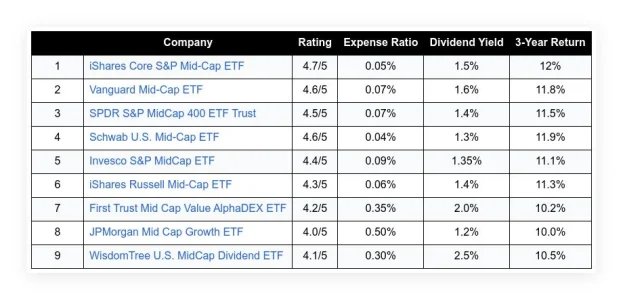Gender equality is a big topic in the news today. As our society navigates the “Me Too” era and sex discrimination in the workplace, it is important that society doesn’t overlook the important gender issues in personal finances, including student loans. One might expect men and women to have similar student loan debt loads. However, there is a wide gap between the sexes when it comes to student loans, and their opinions of their outstanding debts. Throw in other factors such as whether students are immigrants or minorities and there is serious inequality. Digging into the numbers shows a frightening picture. It’s one that our country has to address before the economy suffers more than it already is today.
Table of Contents
ToggleManaging massive student loan balances
The cost of college continues to climb each year, far outpacing income growth for American families. But a college education is the surest path to a higher income and better quality of life. Thus, young people eagerly head off to school and sign the dotted line accepting tens of thousands in debt.
According to a recent report from Student Loan Hero, the average student loan balance is $91,647. 28 percent of women see their student loans as “not at all manageable,” compared to 13 percent of men. There could be a myriad of reasons for this disparity, where more than twice as many women find their loans unmanageable than men.
One of the biggest contributors to the variance can be found in gender pay equality data. Women tend to make less than men on average, oftentimes for doing the exact same job, which gives men a leg up in managing student debt loads that can easily pass the six-figure mark. This type of wage disparity is illegal discrimination, but as it is engrained in the culture at many companies, solving the issue is a long-time work in progress and while progress has been made, a full solution remains elusive.
Another place to look is at employment statistics for men and women. Men are more likely to pursue a high paying career path than women, with glaring examples on Wall Street and in Silicon Valley where the best paying jobs are highly concentrated among male employees. This is a place where the private sector, universities, and even high schools can make a difference by training and promoting high paying positions to female students and prospective female employees.
Nearly half (48 percent) of women report that they regret taking on their student loans, according to the Student Loan Hero report, compared to just 40 percent of men. While the student loan wake up call hits a large portion of both genders, women tend to have more regrets than men when it comes to student loans.
Is it a student loan crisis, or a cost of college crisis?
Government and university officials are often quick to point to student loans as a major cost hindering young people from starting families, buying homes, and keeping their finances in good shape. Are student loans really out of control? Or are we just ignoring the root of the problem: the cost of college.
According to CNBC, tuition at a four-year public university was $3,190 per year in 1988, $4,470 in 1998, $7,280 in 2008, and $9,970 in 2018. For a private institution, the average tuition for the same periods was $15,160, $21,020, $27,520, and $34,740 respectively. The annual cost of public school tuition tripled in a period when incomes went up far less.
Clearly, an education isn’t cheap. Students and their families can make better decisions about going to college in-state and avoiding expensive private colleges and universities. However, there wouldn’t be student loans without expensive schools. If we can solve the cost of education, we can instantly fix the student loan problem for future college-bound students.
Impacts of student debt on women’s retirement savings
Because men make more than women, it is no surprise to read that men have more retirement savings than women. But the disparity between the genders is, again, a surprising figure. Women tend to have half the balance in their retirement as men. Woman also are far less likely to participate in retirement programs.
The Student Loan Hero report explains that women have an average of $45,000 saved compared to $90,000 for men. At the same time, only 52 percent of women contribute to retirement accounts. 71 percent of men are stashing money away for their golden years.
This gap is likely due to a combination of factors, but clearly, if men and women graduate with the same student debt loads and men make more than women, it is harder for women to stay on top of monthly payments. 45 percent of women make under $50,000 per year, while only 32 percent of men can say the same.
Something’s gotta give
The current acceleration of college costs and student loan balances is not sustainable for the United States economy. High college costs mean Americans are falling behind other countries in terms of education. Crippling loan balances harm disposable income that helps the economy grow and thrive. There is no quick fix, but something has to change for the benefit of all Americans. If nothing changes we’ll all suffer when the economy once again comes to a grinding halt.
If you own a business, keep this in mind when recruiting, hiring, and setting employee pay. You have an opportunity to make a difference not just in the lives on your employees, but working with other business we can make the entire United States economy stronger and more resilient, helping millions of people in the process.















